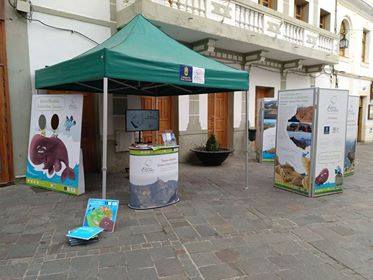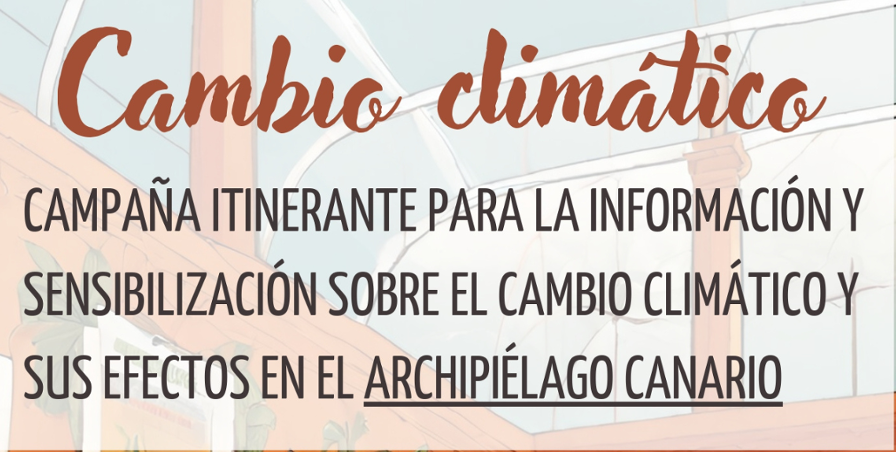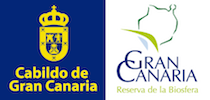Navigation Menu




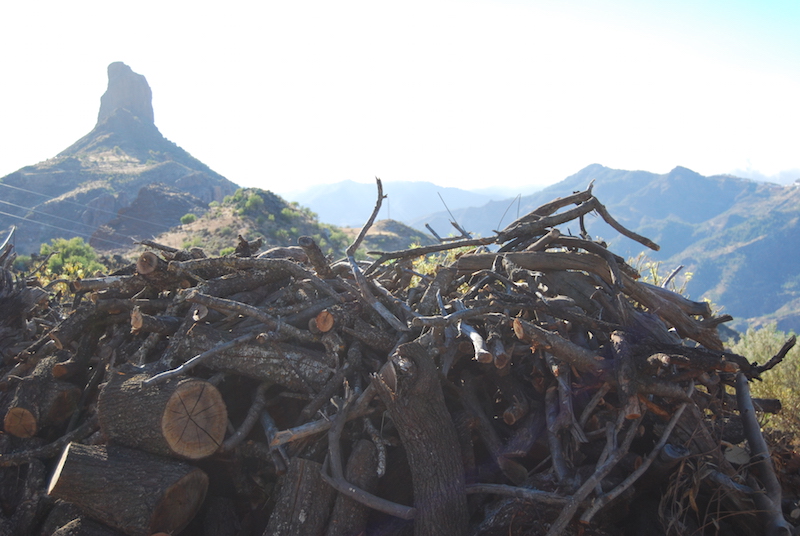
Mills were to thank for feeding many generations around a century ago. The gofio, toasted corn flour, used to be the basis of the diet for the Canarian population, and it used to be produced in these mills. In Gran Canaria there used to be two types of mills: wind and water mills.
Water mills, mainly present in the south of the island, gathered the waters falling from the island top down the ravines using irrigation canals driving it to the mill to make it function. Some remains of these mills can be seen at the Tirajana ravine, but the Cazorla wind mill, in Fataga, singles itself out and has been awarded as a Cultural Heritage site.
Wind mills, using nature to move the milling mechanism, functioned in Gran Canaria until approximately the late 60s. The introduction of engines in the mechanism finished off these giants which lived on the island's winds. The El Albercon neighbourhood, in La Aldea, depicts its past importance.
Asset Publisher
What Are These?
A Biosphere Reserve is an area comprising singular characteristics and formed by terrestrial, marine, coastal or mixed ecosystems, where solutions to reconcile biodiversity conservation and sustainable use of resources are promoted. These areas, internationally recognized by the UNESCO Man and the Biosphere Programme MAB constitute "support sites for science and sustainability".
Where Are These?
The 631 World Biosphere Reserves Are Spread Over 120 Countries Comprising A Total Area Of Over 700 Million Hectares (2015).
These Are Distributed As Follows:
67 Biosphere Reserves In 28 Countries In Africa
136 Biosphere Reserves In 24 Countries In Asia And The Pacific
29 Biosphere Reserves In 11 Countries In The Middle East
297 Biosphere Reserves In 36 Countries In Europe And The United States
122 Biosphere Reserves In 21 Countries In Latin America And The Caribbean
Download The World Biosphere Reserves Map
What Are These For?
The Main Goals To Accomplish By The Biosphere Reserves Are To Promote And Boost The Harmonic Integration Of Human And Nature To Achieve Sustainable Development For Each Of These. In These Areas, Specially Designated In Order To Test Multidisciplinary Approaches, Tasks Are Carried Out Through Participative Dialogue, Research, Knowledge Exchange, Poverty Diminishing, Wellbeing Improvement, Respect For Cultural Values And Social Ability To Adapt To Environmental And World Changes.
How Do These Work?
Activities
The Activities To Be Conducted By The Biosphere Reserves Can Be Summarized In Three: Conservation, Development And Logistics. The First One Will Try To Preserve And Improve The Natural Values Attached To It; The Second One Is Based On Reaching The Socio-Economic Development Of Local Populations Present In The Territory; The Logistic Activity Is Intended For The Research, Education And Experience Exchange Between The Human Being And The Environment.
Work Procedure
From The Starting Point Of Working In A Cooperative Way Under A Wide Alliance As The Only Means To Obtain Sustainable Results In The Long Term, The World Network Of Biosphere Reserves, Alongside With International Bodies, Governments, Local Public Offices, Universities, Ngos And Corporations Worldwide, Works Supported By Other Several International Networks, National, Regional, Municipal And Sectorial.
Besides This General Framework Described, Each Biosphere Reserve Develops An Action Plan Which, Designed For Specific Periods, Sets Out The Tasks To Be Carried Out. Such Plan Must Be Approved By All Members Of The Respective Councils.
Territorial Structure
Each Biosphere Reserve Is Made Out Of Three Interrelated Areas With Connected Roles, Complementary And Mutually Reinforcing:
• The Core Zone, Where The Most Remarkable Natural Values Concentrate, Being The Conservation Function The Reigning One.
• The Cushion Zone, Surrounding The Core, Or Adjoined To It, Where Activities Compatible With Successful Ecologic Practices That Can Contribute To The Research, Follow-Up, Training And Scientific Education.
• The Transition Zone, Where A Wider Range Of Activities Are Promoted In Order To Contribute To A Sustainable Human And Economic Development From The Social, Cultural And Ecologic Point Of View.
Who Do These Depend On?
The Inclusion Of A Specific Area In The World Network Of Biosphere Reserves Occurs When A Decision Is Made By The International Coordinating Council Of The Mab Programme (Man And Biosphere) According To The Candidacies And Proposals Conveyed By The Governments, Whereas The Jurisdiction Over The Area Designated As Biosphere Reserve Lies Entirely On The Country Where It Is Located.
The Intergovernmental Structure Of Unesco Through The Mab Programme Provides The Governments With The Framework For The Planning And Carrying-Out Of Research Programmes And Training, Supplying Technical Assistance And Scientific Advice.
The Signing Countries Constitute Mab National Committess Which Guarantee The Widest Participation Of Countries In The International Programme, Defining And Carrying Out Its Activities In The Mab International Coordination Council, Main Governing Body For Mab, Which Sets Out The Agenda Of The Programme.
Concurrently, And To Attain The Effective Synergies In Order To Share Knowledge And Work Experiences, Networks Clustering Biosphere Reserves Under Geographic Criteria (Regional And Sub-Regional Networks) Or By Ecosystems And/Or Shared Features Are Constituted.

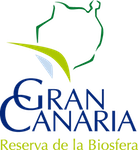

![english [beta] english [beta]](/o/biosferagc-theme/images/language/en_GB.png)

